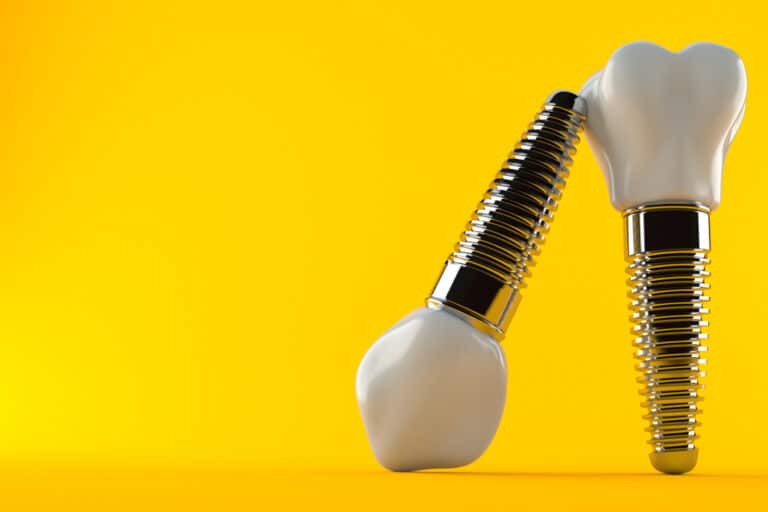Botox for Craniofacial and Dental Pain Treatments
Grinding and clenching teeth is caused by a number of disorders. It is usually difficult to stop without intervention.
For most patients, a custom biteguard solves jaw (and sometimes head) muscle pain, eliminates restricted jaw movements, and reduces damage and sensitivity to teeth. In my experience, about 30% of those patients treated with biteguard appliances have continued pain (either migraine- or tension-related head, jaw, and neck pain), dental sensitivity, and continued destruction of teeth and dental restorations.
In our practice, we notice that many patients have daytime tooth clenching or grinding disorders that are difficult to treat with oral appliances; they have to speak with the public or clients, and wearing a daytime device isn’t realistic. Other patients we see suffer from sleep breathing disorders. They may have continued jaw, head, and neck pain after undergoing C-PAP or oral appliance therapy. Some patients have chronic migraine headaches pain that aren’t relieved by oral appliance alone. All of these types of patients continue to take medications, try other therapies (hypnosis, acupuncture, massage, chiropractic care), and continue to have frustrating pain.
Another category of patients are continual tooth clenchers and grinders without tooth, head, or neck pain, but they repeatedly break dental restorations or teeth. No matter what they do to wear a biteguard, they still destroy things.
There are common threads uniting all of these types of patients. They have a complex disorder called parafunction. Another similarity in all of these patients is how they can treat the problem beyond a biteguard appliance. That therapy involves using botulinum toxin, commonly known as Botox.
Botox has been FDA-approved for use in head and neck pain and dental therapies for years. One of its many benefits is that it reduces the amount of muscle function responsible for head/neck/jaw pain and destruction of dentistry. The other effect of Botox, is that it reduces the long-term activity of these overactive groups of muscles, and can stimulate specific body chemistry associated with healing tissue and likely helps prevent the return of the muscular disorder. patents who undergo Botox treatments do not lose muscular control or have total paralysis and loss of motor control. Botox does not make people numb. There is no loss of sensation to touch or feel. The effect of Botox is to temporarily reduce the activity of a group of muscle fibers just enough to prevent the traumatic activity of the muscles from occurring.
Patients who undergo the treatment rarely need anesthesia. They may undergo several treatments, or may choose to have ongoing therapy. It has been found that many patients will undergo several treatments, and find that they do not have pain or destruction that returns after a few treatments. The average amount of the drug for each treatment is about 100 units of Botox. Patients can expect to have at least 1-3 treatments. The cost per treatment unit in our practice is $10/unit.
Virtually every patient who undergoes Botox therapy needs to have undergone biteguard appliance therapy before Botox is considered. Call today for a Free consultation 718-557-9366 regarding your chronic pain and repeated dental damage



